
Recently Viewed
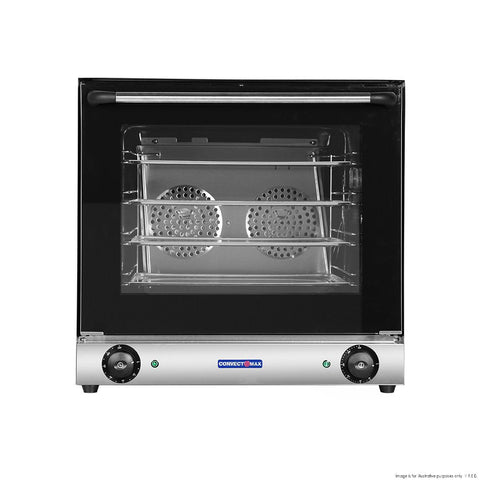

 ConvectMAX Convectmax Oven / 50 To 300°C YXD-1AE
ConvectMAX Convectmax Oven / 50 To 300°C YXD-1AE
595(W) x 530(D) x 570(H)mm
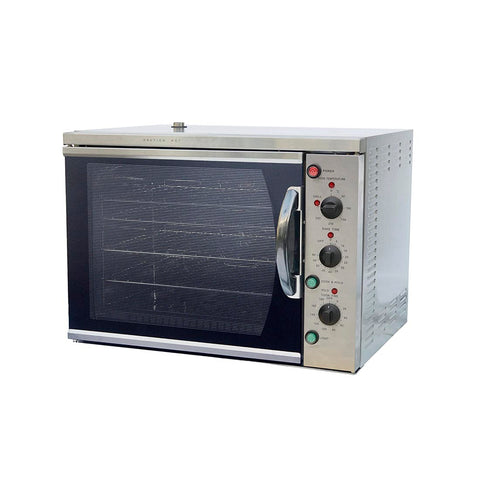

 ConvectMAX Electric Convection Oven YXD-6A
ConvectMAX Electric Convection Oven YXD-6A
798(W) x 650(D) x 596(H)mm
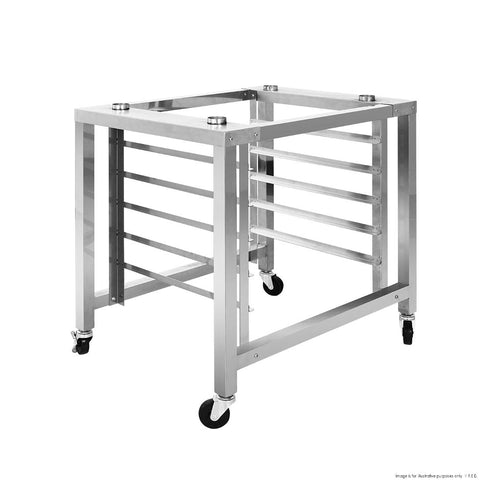

 ConvectMAX Convection Oven Stand YXD-6A-S
ConvectMAX Convection Oven Stand YXD-6A-S
802(W) x 615(D) x 800(H)mm

 ConvectMAX Electric Convection Oven YXD-6A/15
ConvectMAX Electric Convection Oven YXD-6A/15
798(W) x 670(D) x 580(H)mm


 Apuro Convection Oven 21Ltr - DA957-A
Apuro Convection Oven 21Ltr - DA957-A
475(W) x 380(H) x 510(D)mm

 BakerMax Pizza Conveyor Oven HX-1E
BakerMax Pizza Conveyor Oven HX-1E
1510(W) x 580(D) x 430(H)mm
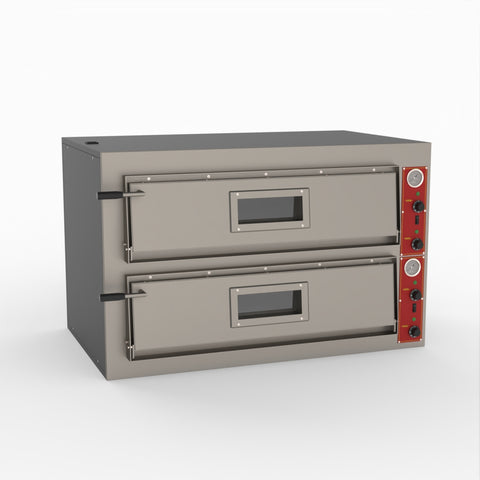

 BakerMax Black Panther Pizza Deck Oven EP-1-SDE
BakerMax Black Panther Pizza Deck Oven EP-1-SDE
1190(W) x 826(D) x 775(H)mm
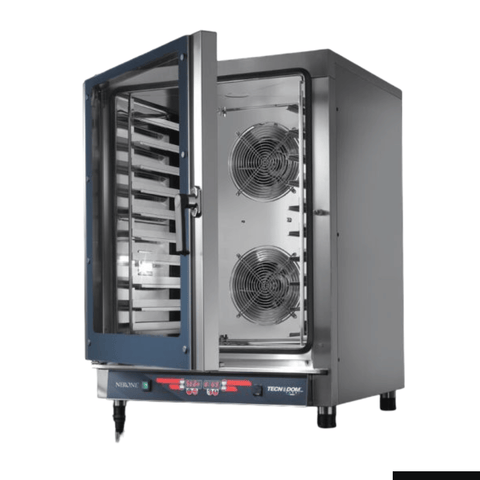

 Prometek Icarus Digital Combi Oven 600X400 Mm Or Gn 1/1 TD-10NE
Prometek Icarus Digital Combi Oven 600X400 Mm Or Gn 1/1 TD-10NE
840(W) x 910(D) x 1150(H)mm
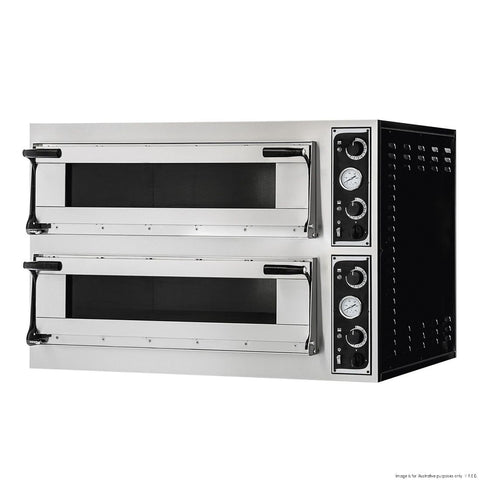

 BakerMax Prisma Food Pizza Ovens Double Deck 12 X 35Cm TP-2-SD
BakerMax Prisma Food Pizza Ovens Double Deck 12 X 35Cm TP-2-SD
1100(W) x 1320(D) x 745(H)mm
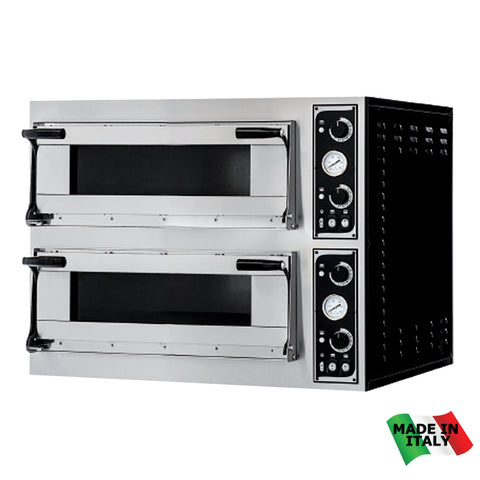

 BakerMax Prisma Food Pizza Ovens Double Deck 8 X 40Cm TP-2
BakerMax Prisma Food Pizza Ovens Double Deck 8 X 40Cm TP-2
1100(W) x 1080(D) x 745(H)mm
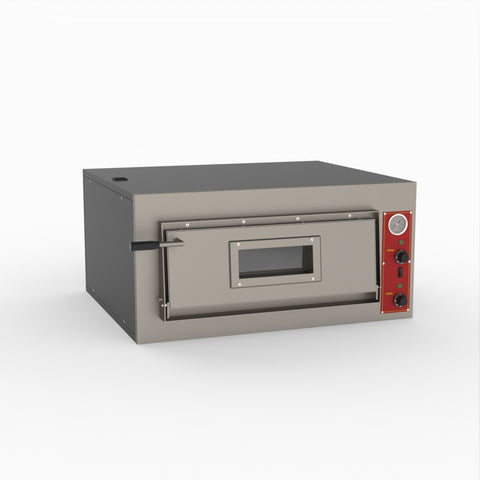

 BakerMax Black Panther Pizza Deck Oven EP-2-1E
BakerMax Black Panther Pizza Deck Oven EP-2-1E
890(W) x 846(D) x 455(H)mm

 BakerMax Stainless Steel Stand TP-2-SD-S
BakerMax Stainless Steel Stand TP-2-SD-S
1113(W) x 1219(D) x 860(H)mm

 BakerMax Pizza Conveyor Oven With 3 Phase Power HX-1/3NE
BakerMax Pizza Conveyor Oven With 3 Phase Power HX-1/3NE
1510(W) x 580(D) x 430(H)mm
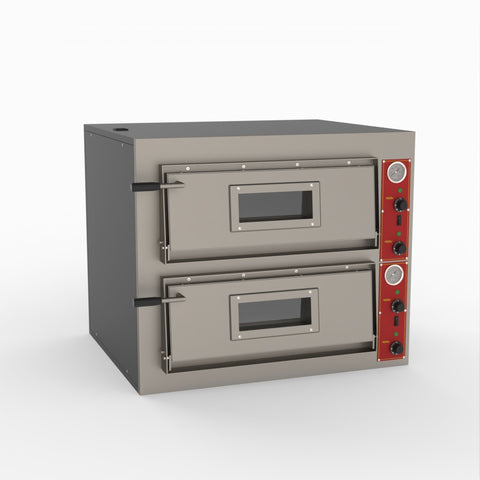

 BakerMax Black Panther Pizza Deck Oven EP-2E
BakerMax Black Panther Pizza Deck Oven EP-2E
890(W) x 846(D) x 775(H)mm

 BakerMax Stainless Steel Stand TP-2-1-S
BakerMax Stainless Steel Stand TP-2-1-S
1111(W) x 960(D) x 1100(H)mm

 BakerMax Pizza Conveyor Oven HX-2E
BakerMax Pizza Conveyor Oven HX-2E
2140(W) x 748(D) x 332(H)mm
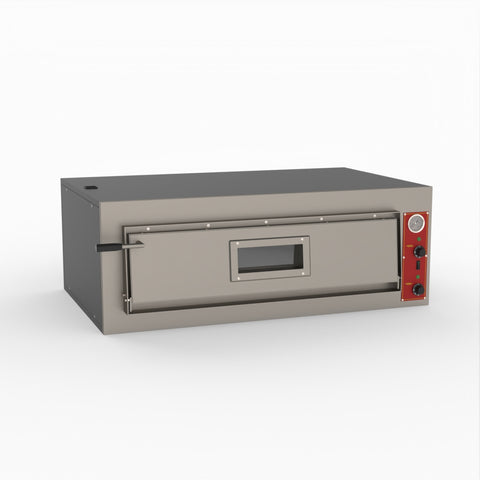

 BakerMax Black Panther Pizza Deck Oven EP-1-1-SDE
BakerMax Black Panther Pizza Deck Oven EP-1-1-SDE
1190(W) x 826(D) x 455(H)mm
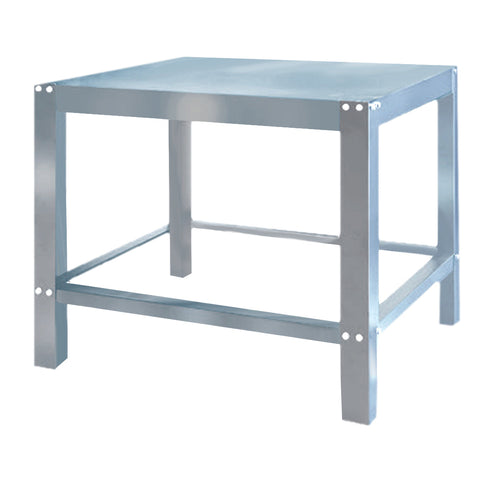

 BakerMax Stainless Steel Stand TP-2-S
BakerMax Stainless Steel Stand TP-2-S
1111(W) x 975(D) x 860(H)mm

 Primax Stand For Fast Line Oven Range SOFF-90TS
Primax Stand For Fast Line Oven Range SOFF-90TS
750(W) x 580(D) x 900(H)mm

 BakerMax Stand For Ep EP-1-SD-S
BakerMax Stand For Ep EP-1-SD-S
1190(W) x 710(D) x 860(H)mm

 BakerMax Stand For Ep EP-1-1-SD-S
BakerMax Stand For Ep EP-1-1-SD-S
1190(W) x 710(D) x 960(H)mm

 Moduline 6 X 1/1Gn Compact Electric Convection Oven With Manual Controls GCE106C
Moduline 6 X 1/1Gn Compact Electric Convection Oven With Manual Controls GCE106C
550(w) x 822(h) x 820(d)mm
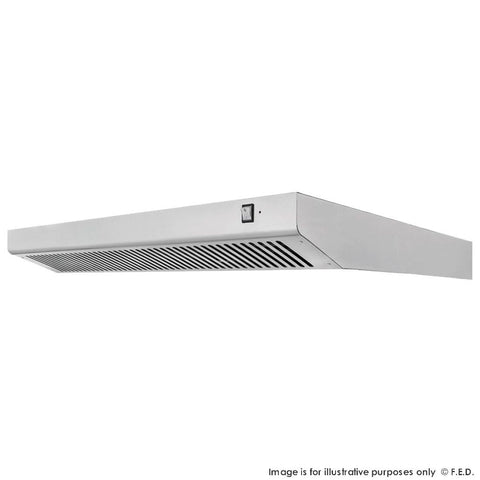

 BakerMax Stainless Steel Hood With Motor And Speed Regulator- KT4-44MS
BakerMax Stainless Steel Hood With Motor And Speed Regulator- KT4-44MS
1100(W) x 1110(D) x 120(H)mm

 BakerMax Stand For Ep EP-2-1-S
BakerMax Stand For Ep EP-2-1-S
890(W) x 710(D) x 960(H)mm
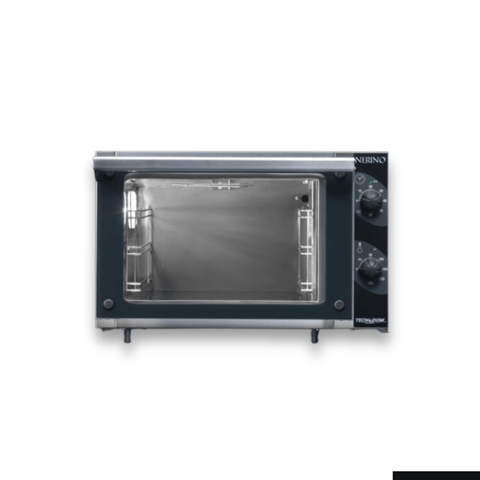

 Prometek Prometec Convection Oven TD-3NE
Prometek Prometec Convection Oven TD-3NE
600(W) x 520(D) x 390(H)mm

 BakerMax Stainless Steel Stand TP-2-1-SD-S
BakerMax Stainless Steel Stand TP-2-1-SD-S
1113(W) x 1219(D) x 960(H)mm

 BakerMax Prisma Food Pizza Ovens Single Deck 6 X 35Cm TP-2-1-SD
BakerMax Prisma Food Pizza Ovens Single Deck 6 X 35Cm TP-2-1-SD
1100(W) x 1320(D) x 413(H)mm
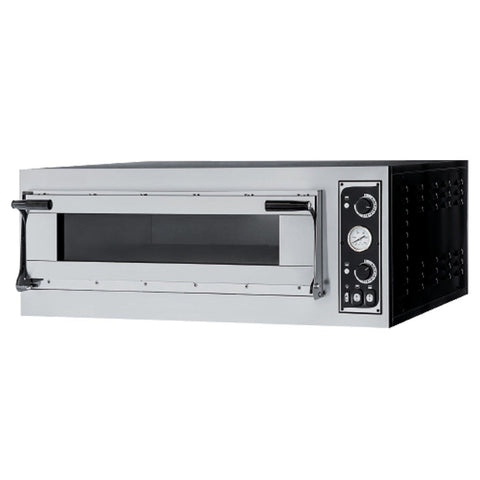

 BakerMax Prisma Food Pizza Ovens Single Deck 4 X 40Cm TP-2-1
BakerMax Prisma Food Pizza Ovens Single Deck 4 X 40Cm TP-2-1
1100(W) x 1080(D) x 413(H)mm

 Primax Stand For Fast Line Oven Range SOFR-90TS
Primax Stand For Fast Line Oven Range SOFR-90TS
620(W) x 580(D) x 900(H)mm

 BakerMax Stainless Steel Stand For Pmg-9 PMG-9-S
BakerMax Stainless Steel Stand For Pmg-9 PMG-9-S
1300(W) x 1140(D) x 860(H)mm
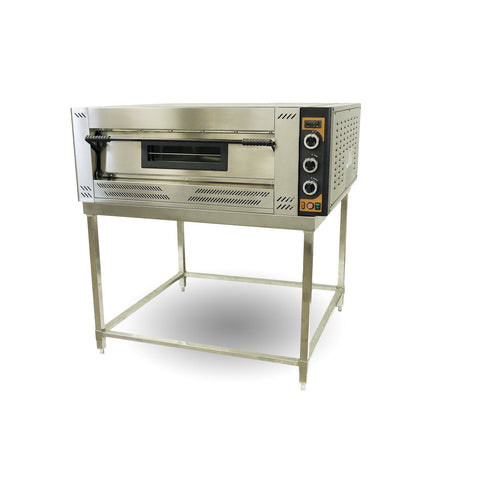

 BakerMax Prisma Food Single Deck Gas Pizza&Bakery Ovens PMG-9
BakerMax Prisma Food Single Deck Gas Pizza&Bakery Ovens PMG-9
1305(W) x 1362(D) x 560(H)mm
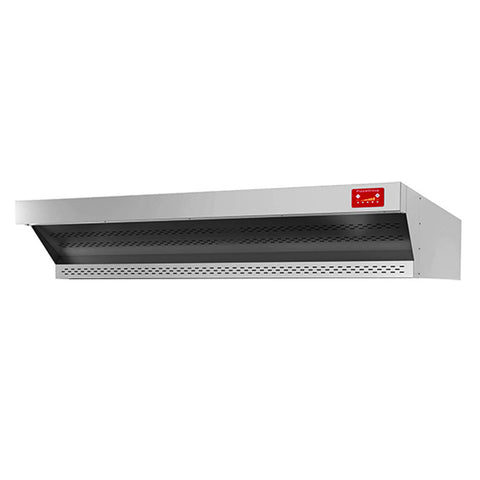

 BakerMax Pyralis Circle Hood KPY9/18
BakerMax Pyralis Circle Hood KPY9/18
1400(W) x 1570(D) x 300(H)mm

 BakerMax Stand For Ep EP-2-S
BakerMax Stand For Ep EP-2-S
890(W) x 710(D) x 860(H)mm

 Woodson Starline S15 15 Amp Metal Element Snackmaster Small Conveyor Oven
Woodson Starline S15 15 Amp Metal Element Snackmaster Small Conveyor Oven
1000(W) x 445(D) x 465(H)mm
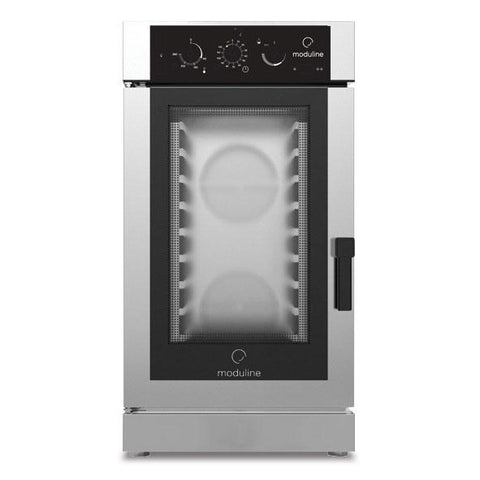
 Moduline 10 X 1/1Gn Compact Electric Convection Oven With Manual Controls GCE110C
Moduline 10 X 1/1Gn Compact Electric Convection Oven With Manual Controls GCE110C
550(w) x 1062(h) x 820(d)mm
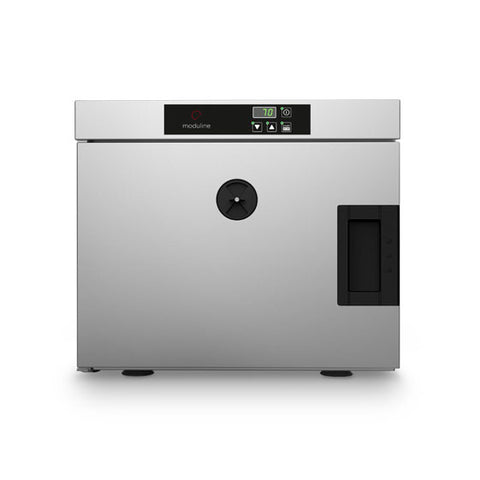
 Moduline Bench Model Heated Cabinet - 405Mmh HSH 031E
Moduline Bench Model Heated Cabinet - 405Mmh HSH 031E
450(w) x 405(h) x 625(d)mm
The heart of any kitchen is, of course, the oven. If you’re setting up your commercial kitchen and need the perfect oven, no matter what your menu looks like, you’ll find it here at Restaurant Equipment Online.
Whether you’re a cafe, restaurant, run a food truck or a bakery, we have a broad range of commercial ovens in various sizes and from the world’s top brands. Explore the collection today and order yours online with Australia-wide delivery.
There are a multitude of oven types available, each offering different benefits, meaning that some are better suited for certain menu items than others. At Restaurant Equipment Online, we cater to a wide range of establishments and stock all of the key models, including baking ovens, combi ovens, benchtop models, speed ovens, and deck ovens. You’ll also find specialist models like tandoori ovens and pizza conveyor ovens.
Choosing the best commercial ovens for restaurants requires factoring in a few different things. First, you’ll need to look at the space availability you have in your kitchen and check that the footprint of the oven you’re looking at is going to be able to fit. Ensure you’re accounting for extra space around the oven for electrical cables, water outlets or gas. You’ll also need to make sure you can leave enough room for the oven doors to open while still allowing easy and free movement throughout the rest of the kitchen.
Along with the size allowance you have in your kitchen, you’ll need to consider the capacity of the oven itself. Depending on the type of oven you use, the volume you can cook at the same time can vary significantly. For example, if you want to be able to cook higher volumes of food or multiple menu items at the same time, options like combi ovens make this easy. There are models with anything from 6 to 20 trays, allowing for more menu items to be prepared at any one time.
You may also want to look at the various settings that ovens can feature. Whether it’s pre-set options, memory settings that make it easier for staff to repeat recipes perfectly or self-cleaning cycles. Built-in features are worthwhile investing in as they can transform the functionality and efficiency of your kitchen.
Finally, budget is always going to be a consideration, even when you’re investing in something as essential as an oven. At Restaurant Equipment Online, we have a broad range of models with price points to suit every establishment.
Both gas and electric have their own benefits, and choosing the best option for you will depend on a few things. Gas ovens are typically cheaper to run than electric models and also tend to heat up more quickly than electric ovens do.
However, electric ovens deliver a more uniform, even temperature and heat distribution which can be better for when you’re baking. They’re also typically easier to clean than gas ovens, which is a big asset, reducing labour hours required for ongoing maintenance. Electric tends to be the most common choice in commercial kitchens.
If you want the best of both worlds, you can opt for oven ranges, which deliver an electric oven but give you the gas cooking capabilities of a grill or hob on top. Some of the premier models across both gas and electric ovens include GasMax and LUUS.
Combi-steam ovens are one of the most versatile options you can get for your commercial kitchen. They have multiple cooking modes, including convection mode, steam mode and combination mode. This means they’re capable of cooking in a variety of ways, spanning smoking food, steaming, broiling, grilling and roasting.
They’re simple to use and can help streamline the volume of cooking equipment you need on hand. With both dry heat and steam cooking, you can ensure you get the perfect results from every meal. Combi ovens also come with a broad range of size options, with models carrying as many as 20 trays that enable you to produce food in larger quantities with ease.
They’ll typically come with touch screens that make them intuitive to use, along with pre-set and memory settings that help kitchen staff produce consistent results each and every time. One of the best benefits is that it’s common for them to have high-quality self-cleaning capabilities, making the end of a shift faster when it comes to maintenance. One of the top brands we recommend if you’re interested in combi ovens is Fagor, owing to their high-quality design and resilient materials.
Depending on the type of commercial oven you’ve chosen, the amount of cleaning and maintenance you need to complete can vary. Options with a self-cleaning function help to reduce the amount of labour hours needed at the end of each shift. Equally, stainless steel models are easier to clean, particularly those made from 304-grade stainless steel as they’re more resilient and can tolerate exposure to water without rusting.
If you’re cooking fatty or oily menu items, you may experience more built-up grime. The cheaper oven models typically require more effort when cleaning, often needing to be scrubbed more thoroughly in order to get them to a good standard. Some models feature a water drain, meaning you can water blast them to break down the harder-to-remove grime.
To make manual scrubbing easier, you can make a paste from baking soda and apply it to any burnt-on food. Leave it for 15 to 30 minutes, then wipe away with a cloth. Ensure that after you’ve cleaned the oven, you wipe it down with a damp cloth to remove any soap residue before cooking again.
To choose the best size commercial oven for your kitchen, you’ll need to consider both the space you have available and the output you need at peak hours. Ensure you’re factoring in the total footprint of the oven, including the space the doors will occupy when they’re open. You’ll also need to account for space behind the oven for any gas, electric and plumbing installations that need be to added.
Next, consider how many dishes you need to be able to make at one time. If you need a high capacity turnover but are limited in floor space, consider vertical models with multiple trays to facilitate greater production without needing extra ovens. Alternatively, you could also consider benchtop cooking for extra versatility or for more unique menu items that need to be prepared separately.
If you’re unsure of which size you need, you can contact the team at REO. We can help you with a personalised recommendation for the unique space and menu of your kitchen.
Yes, there are several models of commercial ovens that facilitate multiple cooking modes. The best option for roasting and baking in the same oven is a combi-steam oven. You can also achieve this with convection ovens and conveyor pizza ovens.
The lifetime of your commercial oven will depend on the build quality but, more importantly, on how you look after it. With proper care and maintenance, your oven can last anywhere from 10 to 15 years or more.
Regularly cleaning it, ensuring all the parts are in good working condition if they’re suffering from wear and tear, and getting it serviced when necessary can all help get more working years from it. If your oven utilises water, like combi-steam ovens, we recommend using only filtered water. This helps prevent mineral build-up in the plumbing and is especially important in hard-water areas.